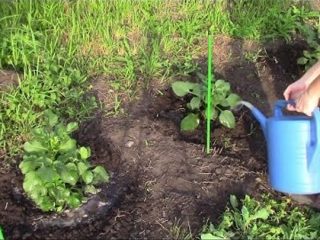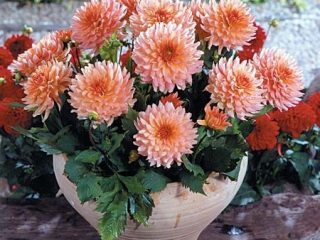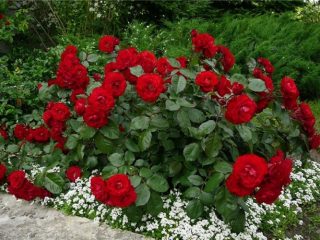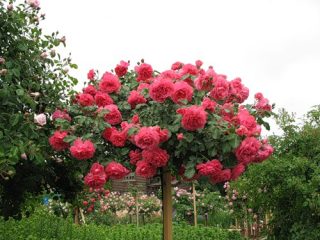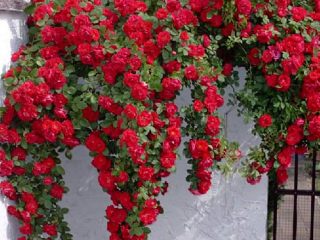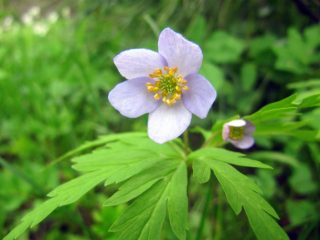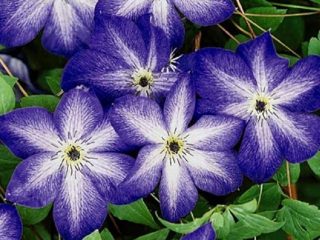Content
Sheep fescue (Festuca ovina) is a perennial grass from the genus Fescue and the Poaceae family. The plant is characterized by an accelerated growth rate, low maintenance requirements and increased resistance to adverse weather conditions. The crop is used as fodder and is also widely used as lawn grass and an element of landscape design. In order for the plant to look impressive and remain highly decorative, it is necessary to sow correctly and provide care in accordance with the requirements of the crop.

Fescue is recommended for strengthening roadsides
Description of sheep fescue with photo
This plant is loose-turfy. It reaches a height of 30-60 cm. The stems of sheep fescue are thin with a triangular top, their growth begins underground. They bear bristle-like elongated thin leaves with a diameter of 0.4-0.5 mm. The plates are rough to the touch.
In the top layer of soil in sheep fescue there are short internodes, from which shoots and leaves begin to grow when they emerge from the ground. In addition, lateral stems grow at the base of the main tillering point, due to which the grass bush becomes much more voluminous.
The panicle inflorescences of fescue are oblong, loose, with deviated, often drooping, branches. Spikelets are ellipsoid or oblong. They include three to six small flowers of a light green hue. The length of the spikelets is 4-6 mm.
The plant has a well-developed fibrous root system. Its main mass is concentrated in the upper layer of soil at a depth of 30 cm, and individual shoots penetrate into the soil by 50 cm.

This culture is characterized by rapid growth and filling of space
Methods of application
Fescue is widely used as a pasture grass. It is well eaten by goats and horses, and somewhat worse by cattle. The plant is also in great demand as lawn grass, thanks to the dense turf it forms and its rich light green hue.
The plant can withstand low temperatures well, so it begins its growing season in early spring. Fescue can be used for arranging lawns, sports and playgrounds, since it is resistant to trampling and quickly recovers.
Fescue can also be used as an element of landscape design. Moreover, the plant’s unpretentiousness to the composition of the soil makes it possible to use it for decorating depleted areas where other garden crops do not develop well. Grass can be used to create mixborders, rock gardens or rockeries, near buildings, near a pond, to frame paths and for zoning an area.
Pros and cons of lawn quality
Sheep fescue as a lawn has certain advantages and disadvantages. Therefore, before planting crops, they need to be studied in advance.
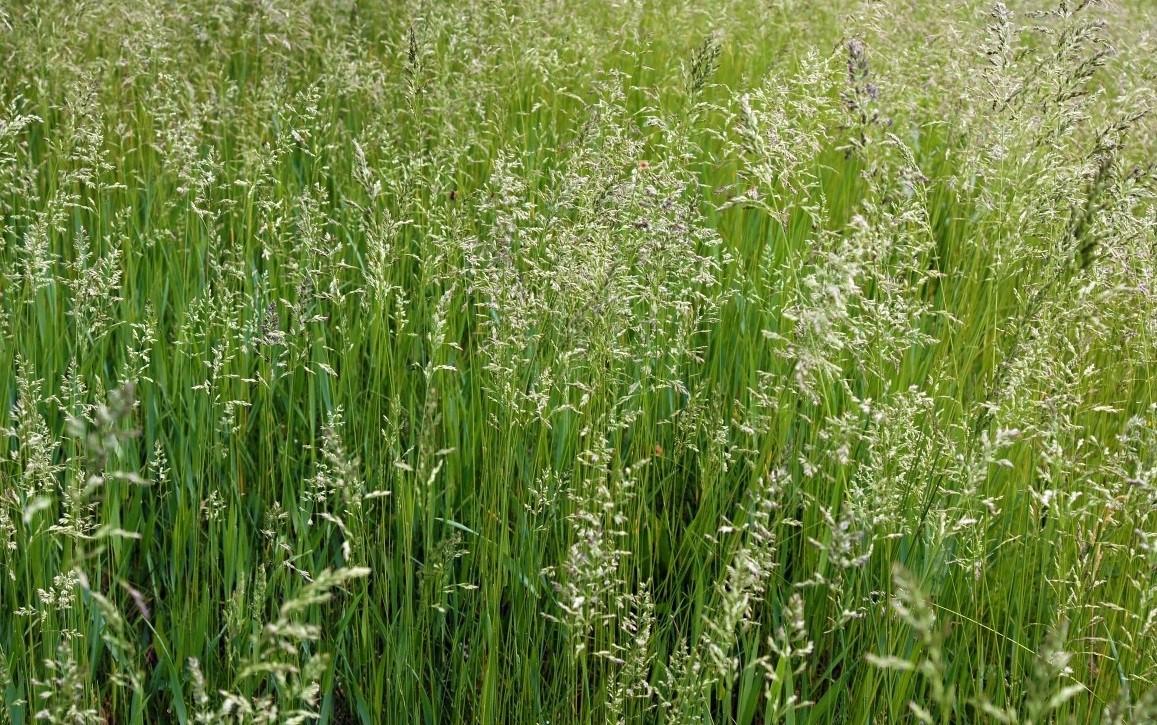
Fescue remains decorative in open sun and partial shade
Main advantages:
- accelerated growth rate;
- recovers well with frequent mowing;
- characterized by soft stems;
- suitable for sowing between fruit trees;
- durability;
- does not require frequent watering;
- easy care;
- resistant to trampling;
- undemanding to soil composition;
- prevents soil erosion;
- low sensitivity to temperature changes;
- high frost resistance.
Flaws:
- it is necessary to comb out the turf in the spring;
- requires planting bushes every 3-4 years.
Landing rules
It is recommended to sow sheep fescue in the spring, namely in early to mid-April. In this case, it is important that the soil has already become sufficiently loose and has had time to warm up to a depth of 5 cm. Before planting, the area must be cleared of plant debris and possible stones. And if it is heavily clogged with weeds, it is recommended to treat it with the herbicide Roundup a month in advance.
After the waiting period has expired, the area must be dug up to a depth of 30 cm. And after this, use a special roller to level the surface of the earth to eliminate unevenness and possible voids.
Just before sowing, the surface of the area needs to be slightly loosened with a fan rake to a depth of 1-2 cm. After this, it is necessary to scatter the seeds of sheep fescue, stepping back. At the end of planting, it is recommended to go through the roller again and irrigate using the sprinkling method.
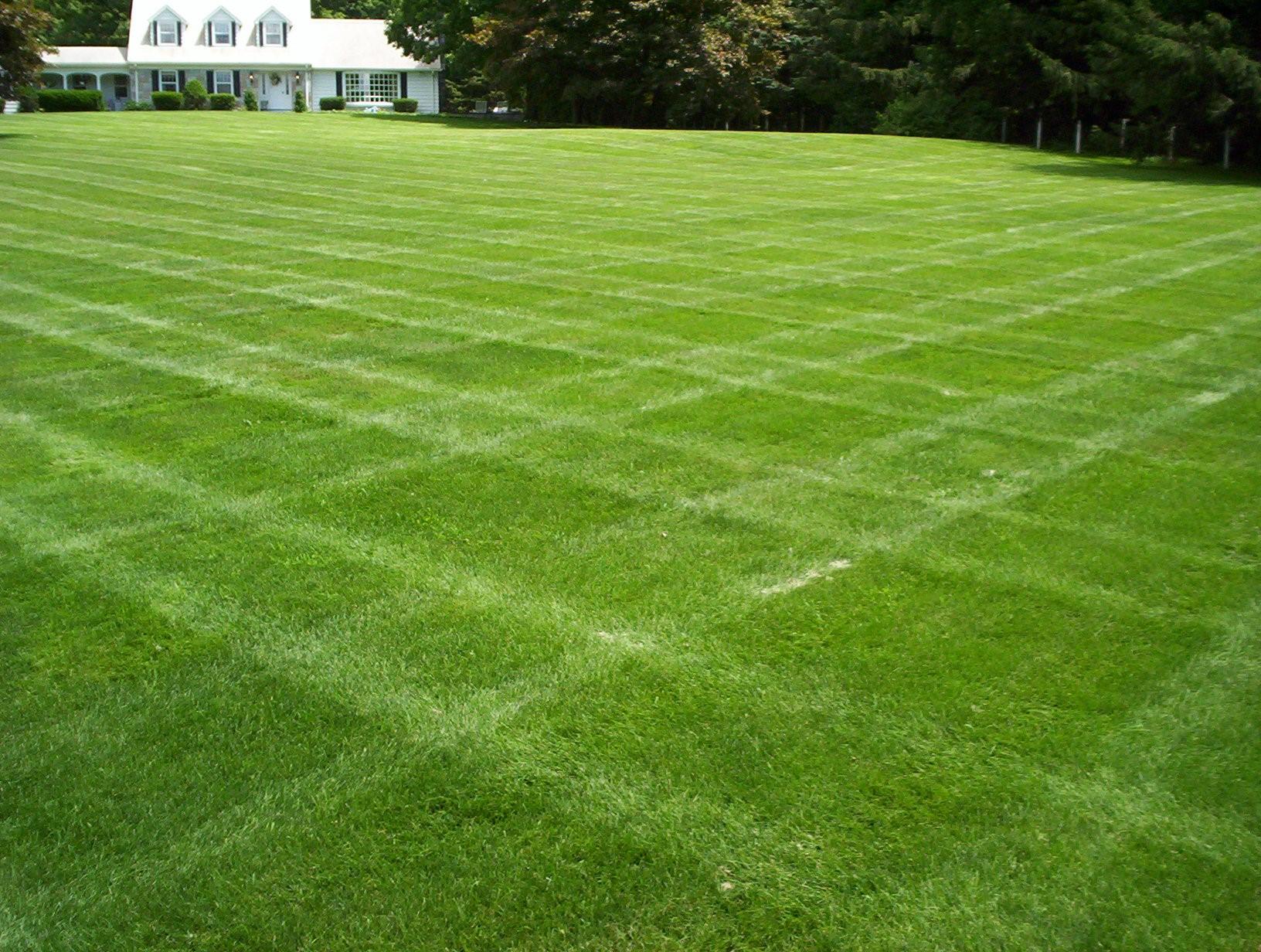
Sheep fescue tolerates high humidity well
Seeding rate
To obtain dense turf on the soil surface, it is recommended to sow this grass at the rate of 300-500 g per 1 sq.m. This rate is recommended when using purely fescue. And in the case of planting a crop as part of a grass mixture on the same area of land, it is recommended to use 100-120 g of seeds.
The first sprouts of fescue after sowing at an air temperature of +23-25 °C appear on days 7-10. And in the event of a sharp cold snap, the dates are shifted by several days.
Care instructions
Sheep fescue does not require complex care. However, certain rules of agricultural technology must still be strictly followed in order for the grass to look well-groomed and beautiful.
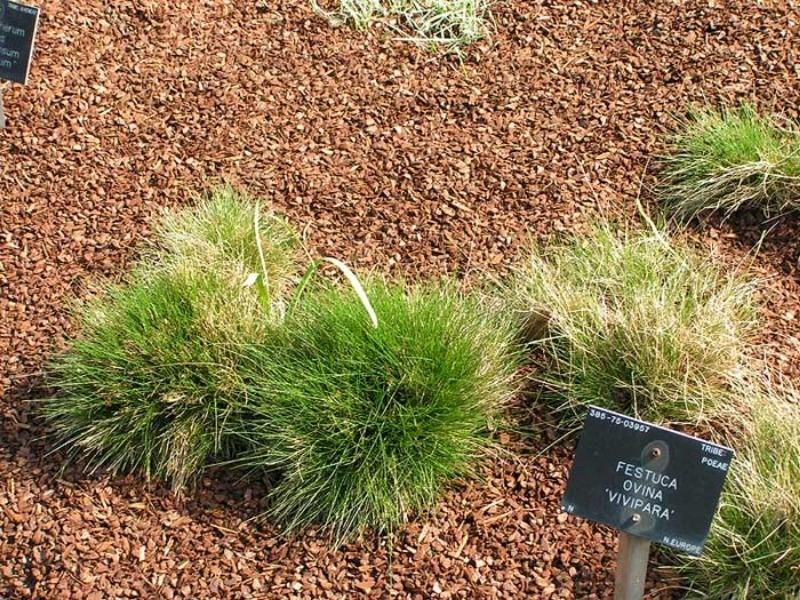
Sheep fescue does not need shelter for the winter
Main stages of care:
- In the spring. Rake the grass well to remove dried shoots and leaves. Yellowing bushes older than four years must be dug up, divided into several parts and planted in a new place. It is recommended to water fescue once every two weeks in the spring if necessary. In April, the grass needs to be fed with a special fertilizer, and in May it must be cut with a lawn mower.
- In summer. During this period, mow the lawn every two weeks. If the bushes are not going to be trimmed, then it is recommended to remove the panicles at the level of the stems after flowering. It is recommended to water fescue once every two weeks in summer.
- In autumn. Feed the grass in the first half of September. It is necessary to water the fescue during this period only if there is a long absence of rain; this should be done once every 2-3 weeks.Also in the fall it is necessary to clear the turf of dried shoots and leaves.
Conclusion
Sheep fescue belongs to the category of perennial grasses that are capable of creating a dense, even turf on the soil surface. At the same time, the culture does not require complex care and is able to fully develop even in depleted and dark areas. Therefore, it is considered one of the best for creating lawns, since it not only provides an even cover, but also maintains a rich, bright green hue throughout the season.
Reviews of fescue
